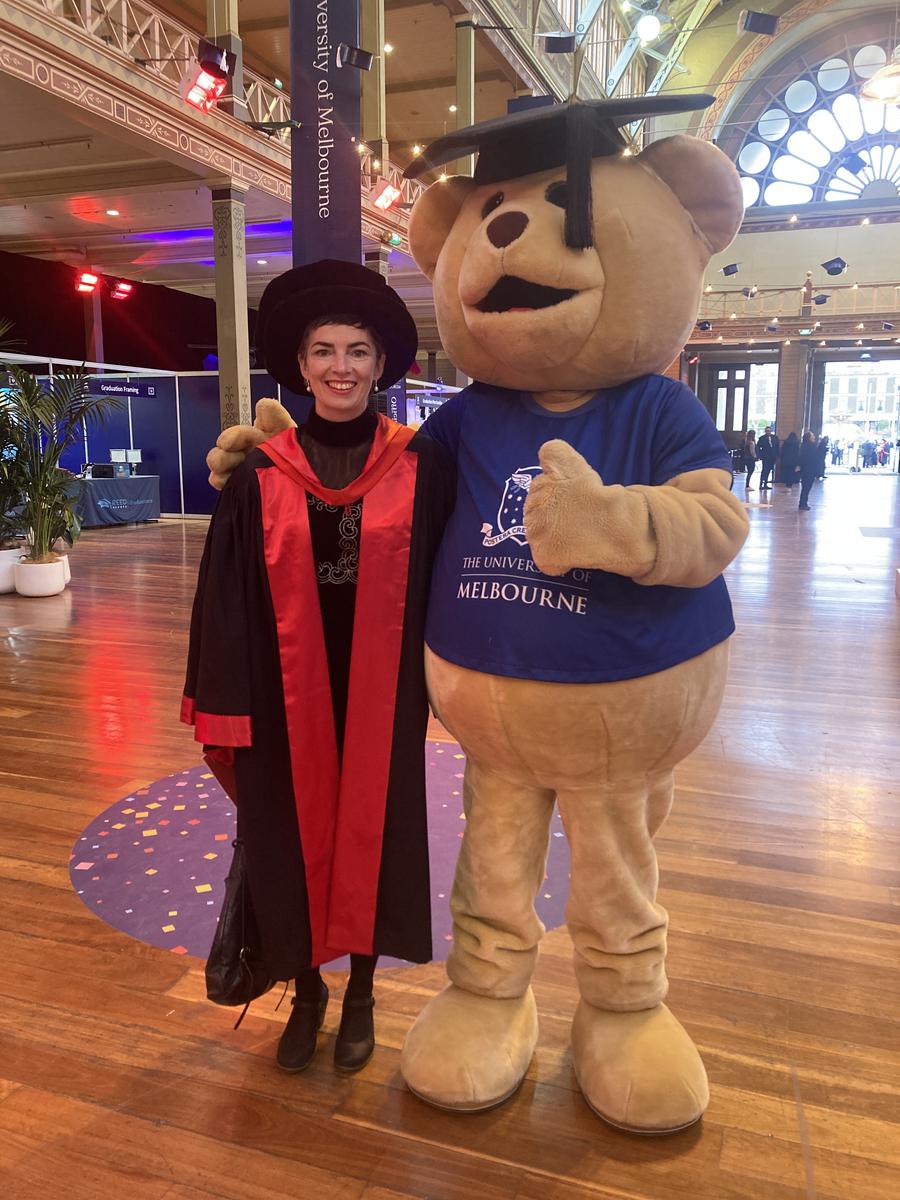A Message from
Hannah & Keir

A Message from
Hannah & Keir
“We would like to acknowledge the Wurundjeri Woi Wurrung people, the first people to dream, create, wonder, dance, play and learn on this breathtaking land. This land was cared for and respected for tens of thousands of years. The First Nations people lived in companionship with the animals and the life on this land. We acknowledge that this is stolen land and we pay our respects to elders, past, present and emerging.”
Rayma Atkinson (2023 Suzanne Peterson Award Recipient)
Through our Inquiry this term, all of our cohorts are working on using Design Thinking to come up with solutions to perceived and identified Health and Wellbeing issues in our community. As you will have read in each team’s Learning Itinerary, we are approaching Design Thinking (and the concepts of health and wellbeing) in age and community appropriate ways. For anyone involved in the design thinking process (including our students and teachers!), the first stage of Design Thinking is Empathy.
How do we define Empathy? Brene Brown explains it beautifully and succinctly in this clip. It’s well worth the watch!
When linked to the design process, Empathy helps us to see and feel the world from the perspectives of others. It engages Designers in the act of seeing in detail the real ‘Who’ and ‘What’ of the world around them without the lens of assumption. When designers immerse themselves in the environment and in the context of the community they are designing for, they can often get a completely different perspective than they expected.
Some great examples of beginning our Design Thinking with Empathy are happening in our Senior team this week. We have students on excursions to Coburg Special Development School, Oxygen Youth Space, and the offices of Big Issue Magazine. Observation and exploration of all of these spaces will really get the ‘Empathy’ muscle working for the students who attend, and after some sharing and unpacking of what they have seen, felt and heard, they will be able to move deeper into the Design Thinking process. We look forward to seeing what each cohort designs throughout the term.
If you were at our assembly on Friday afternoon or Monday morning, you may have heard about some friendly or inclusive games that are being organised during lunch times. Currently we have friendly soccer matches on Wednesdays and friendly Gaga games on Fridays. These friendly games include refs, clear rules and a prioritisation of fun over competition. We are so proud of the students in the 3/4s (Gaga) and 5/6s (soccer) for putting personal time and effort into thinking about how to make our playground more fun and inclusive for everyone in our school - no matter what age, gender or skill-level you might have. We have seen bravery (authenticity), problem-solving (creativity), communication (connection) and consideration (respect) being lived by these students and we can’t wait to see how it will make our playground an even better place to play! Well done!
We would like to take a moment to celebrate the accomplishment of Alicia Flynn, our Environmental Science teacher, who recently completed her PhD! Her thesis is titled “Recuperating-with the world: Composting education with sympoietic relationalities.”, where Alicia “investigated the relationship between young peoples’ regular engagements with a creek-side place and their interspecies ethics and land-climate literacies, at a high school in Naarm Melbourne. Her interdisciplinary inquiry produced new methods and ethics for researching with schools, with implications for education practitioners, researchers, and policy makers.”
Congratulations, Alicia! We know this has been a big journey for you and we are so proud of what you have achieved.


Earlier this term we shared with you an article written by Dr Andrew Fuller about increasing motivation in our children. Click below for part 2!